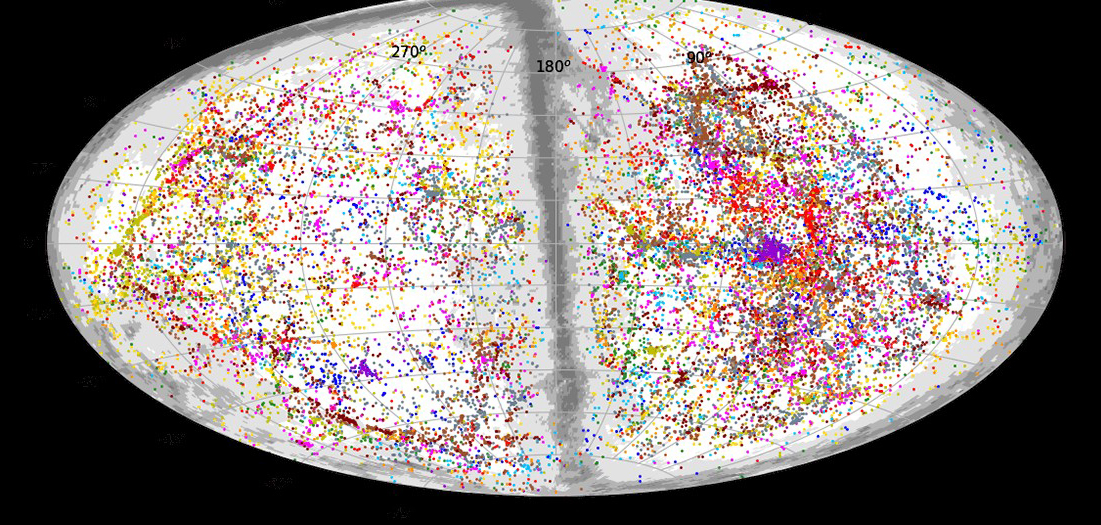
A new map is assisting researchers demystify the universe’s expansion rate with unprecedented accuracy. One that is perhaps the largest-ever revealing over fifty-six thousand galaxies.
Although the night sky may look deceivingly motionless, science has it that the universe is constantly expanding, implying that everything keeps trekking through the void hence a variance in their ages too.
In terms of age anticipations, the universe is probably about 13.8 billion years old. However, objects such as the star Methuselah, appearing to be even older, have raised questions about this estimate.
Scientists used the Hubble constant as the unit of measurement to calculate the expansion rate of the universe. They estimated it to be about 46.6 miles per second for every megaparsec or 3.26 million light-years. However, that expansion rate also presents a challenge, since different approaches to calculating it yield different values.
Cosmicflows-4, new Map used to reveal Universe’s Expansion
With the aid of the new map, Cosmicflows-4, researchers have come closer than ever to demystifying the age and size of the universe. This was achieved by calculating a Hubble constant value of 47 miles per second per megaparsec (75 km per second per megaparsec).
Alongside two of their own methods, six more others from previous studies were used by the researchers to measure the distances variances of the galaxies.
The scientist compared these eight different methods and hence they were able to develop a more accurate map.
By using the Cosmicflows-4, researchers measured the distance between 56,000 galaxies and their velocities as they move farther away.
Irrespective of the hundreds of billions of stars hosted by these galaxies, their distances and velocities can provide more insight into the size of the universe hence helping scientists pinpoint the date of the Big Bang with more accuracy.
In a statement, R. Brent Tully, an astronomer at the University of Hawaii Institute of Astronomy and co-leader of the research, said, “By combining our more accurate and abundant tools, we are able to measure distances of galaxies, and the related expansion rate of the universe and the time since the universe was born with a precision of a few percent.”
Distances and Velocities of Galaxies used to construct New Map
Most generally describe the universe as infinite in nature. This is because nobody knows how far it reaches. Yet the research team determined the distances and velocities of thousands of galaxies in eight different ways to solve the problem.
The methodology leading to the construction of Cosmicflows-4 also helped answer another perplexing question. That is “How can one map something infinite?”
Researchers used data used mostly from the ALFALFA HI survey that came from the now-defunct Arecibo Observatory in Puerto Rico.
Galaxies are always rotating, however. The rate of that rotation — along with luminosity and other elements such as the “barcodes” of light that scientists call spectra — can reveal the distance of each galaxy.
Researchers keep the margin of error extremely low through the incorporation of many precise measurements and distances from various galaxies.
See all the latest news from Greece and the world at Greekreporter.com. Contact our newsroom to report an update or send your story, photos and videos. Follow GR on Google News and subscribe here to our daily email!



